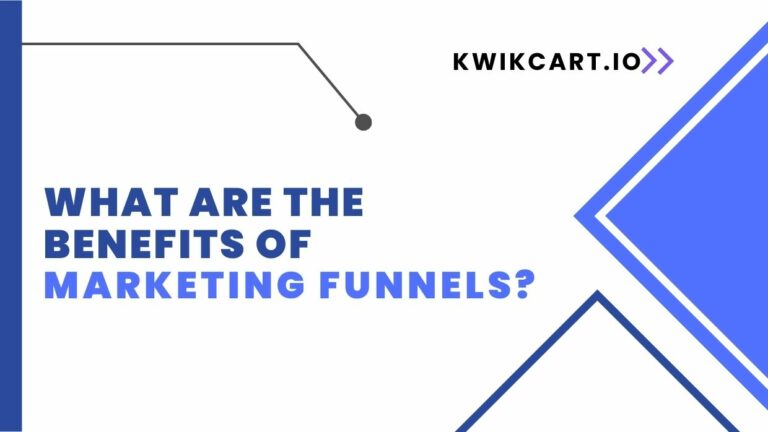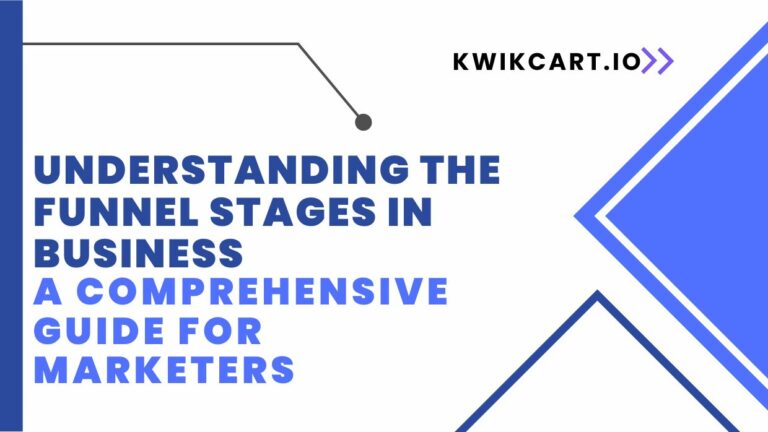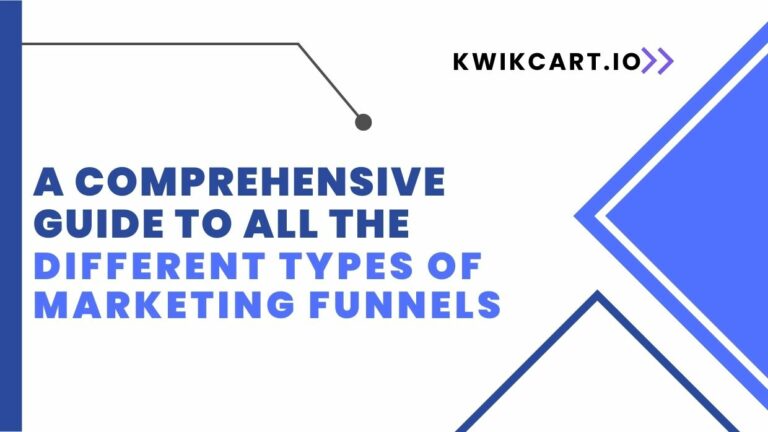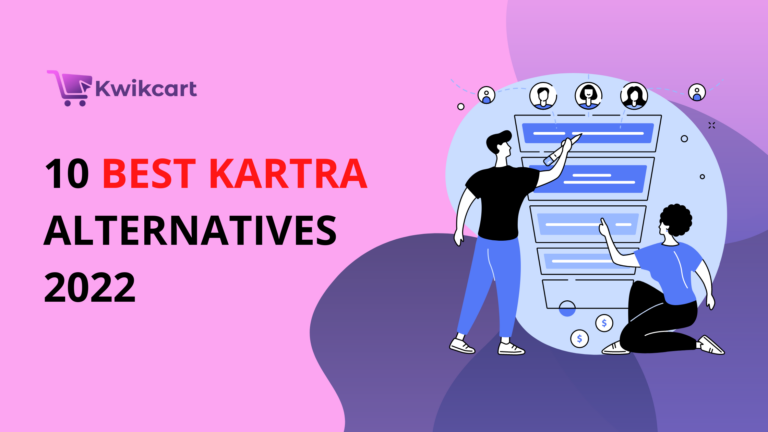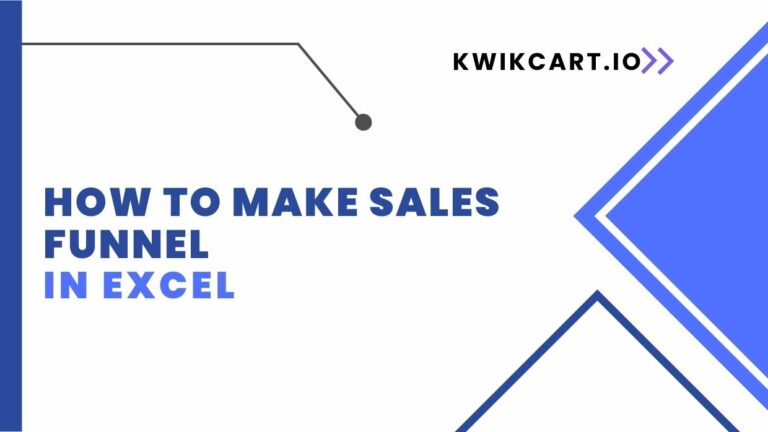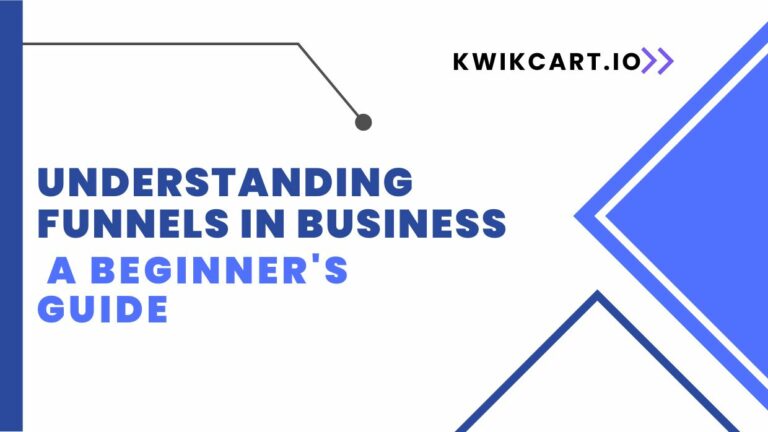How to Create a Sales Funnel in Mailchimp
In this blog post, we’ll walk you through the steps of “How to Create a Sales Funnel in Mailchimp” that will take your email marketing game to the next level. If you are tired of sending out endless marketing emails only to see little to no return on investment? It’s time to switch up your strategy and create a sales funnel in Mailchimp! A well-designed sales funnel can help guide potential customers through the buying process, ultimately leading to more conversions and revenue for your business.
Introduction to Sales Funnels in Mailchimp
Sales funnels are a great way to nurture your leads and turn them into customers. In this article, we’ll show you how to create a sales funnel in Mailchimp.
A sales funnel is a series of emails that are sent out to your subscribers over a period of time. The goal of a sales funnel is to warm up your leads and get them ready to buy from you.
There are a few different types of sales funnels, but the most common one is the AIDA funnel. The AIDA funnel stands for Attention, Interest, Desire, and Action.
The first step in creating a sales funnel is to segment your list. You’ll want to create a separate list for your leads and customers. This will help you keep track of who’s at what stage in the funnel.
Once you have your lists set up, you’ll need to create an email sequence for each stage of the funnel. For the attention stage, you’ll want to send out an email that will grab your subscriber’s attention. This could be an email with a special offer or something else that’s eye-catching.
For the interest stage, you’ll want to send emails that will educate your subscribers about what you’re selling. You can include testimonials, case studies, or anything else that will help build interest in your product or service.
For the desired stage, you’ll want to send emails that highlight the benefits of your product or service. You’ll want to focus on the features that make it unique and why customers should buy it.
Finally, for the action stage, you’ll want to send emails that make it easy for subscribers to take the next step and purchase your product or service. You can include a link to your checkout page or include a discount code in the email.
By creating a sales funnel in Mailchimp, you can easily nurture leads and turn them into customers. With the right strategy and tactics, you can have a successful sales funnel that will help generate revenue for your business.
Benefits of Creating a Sales Funnel with Mailchimp
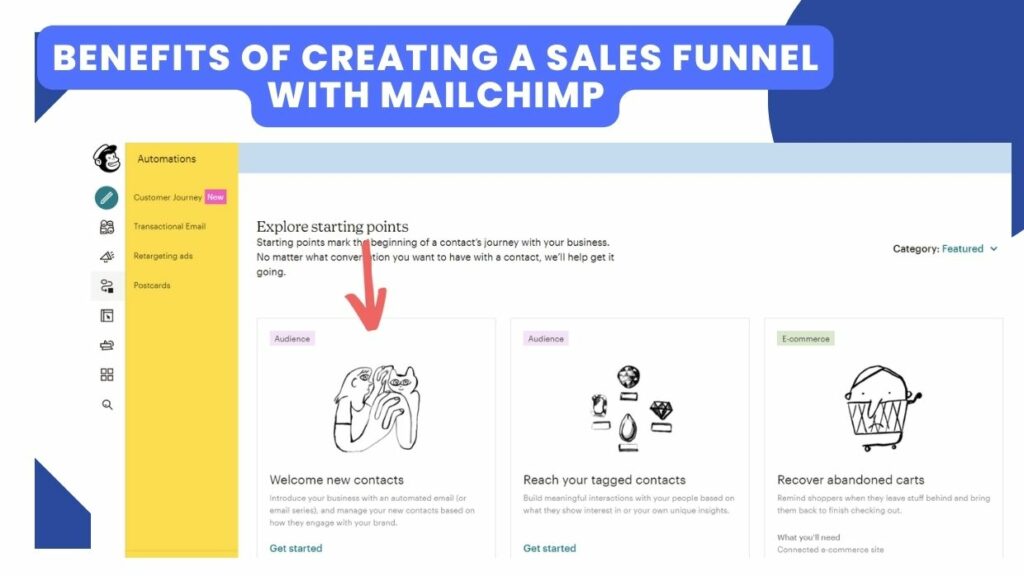
Assuming you’re already familiar with the basics of creating a sales funnel, we’ll jump right into how Mailchimp can help. Mailchimp is one of the most popular email marketing platforms out there, and for good reason. It’s easy to use, has a ton of features, and is affordable for businesses of all sizes.
When it comes to creating a sales funnel, Mailchimp can be a valuable tool. Here are some of the benefits of using Mailchimp to create your sales funnel:
- You can segment your list based on interests and buyer behavior, making it easy to target your emails (and consequently, your offers) to the right people.
- Mailchimp integrates with a variety of eCommerce platforms and payment processors, making it easy to set up automated emails that go out when someone makes a purchase or takes a specific action.
- The platform includes powerful tracking and reporting tools that allow you to see how your sales funnel is performing so you can make necessary adjustments.
Using Mailchimp as part of your sales funnel can help you save time and money while still providing a great experience for your customers.
Step-by-Step Guide to Creating a Sales Funnel in Mailchimp
The first step is to create a list in Mailchimp. To do this, log in to your Mailchimp account and click on the Lists tab.
Next, you’ll need to create a signup form for your list. To do this, click on the Forms tab and then select Signup Form from the dropdown menu.
Now you’ll need to add some fields to your signup form. The minimum fields you’ll need are an email address field and a name field. You can also add additional fields if you wish.
Once you’ve added all of the fields you want, click on the Save button.
The next step is to create a campaign in Mailchimp. To do this, click on the Campaigns tab and then select Create Campaign from the dropdown menu.
In the next screen, you’ll need to select a campaign type. For our purposes, we’ll be selecting the Email option since we’re creating a sales funnel in Mailchimp.
Now you’ll need to give your campaign a name and then click on the Next button.
In the next screen, you’ll be able to select who will receive your campaign by choosing from one of your lists or segments. For our purposes, we will choose our newly created list.
Next, you’ll need to create the email that will be sent as part of your sales funnel. You can either use a template or create your own from scratch. If you choose to use a template, simply select one from the list and customize it as desired.
Once you’ve created your email, click on the Send button to send it to all of the recipients you specified in step
Congratulations! You’ve now successfully created a sales funnel in Mailchimp.
Best Practices for Optimizing Your Sales Funnel
There’s no one-size-fits-all answer to optimizing your sales funnel – it’ll vary depending on your business, products, and customers. However, there are some general best practices you can follow to help ensure your sales funnel is as effective as possible:
Keep your sales funnel focused on a specific goal.
Don’t try to accomplish too many things with your sales funnel – keep it laser-focused on a single goal. This will make it more effective and easier to track results.
Make sure your offer is highly relevant to your target audience.
Your offer needs to be something that your target audience actually wants or needs – otherwise, they’re not going to bother going through your sales funnel. Spend some time researching your target market to ensure you’re offering them something they’ll be interested in.
Create a sense of urgency around your offer.
If people don’t feel a sense of urgency about taking advantage of your offer, they’ll likely put it off until later – which may mean they never end up taking action at all. Create a sense of urgency by using language like “limited time only” or “while supplies last.”
Use strong calls-to-action (CTAs) throughout your sales funnel.
Your CTAs should be clear, and concise, and compel people to take action. They should also be consistent throughout the different steps of your sales funnel so people know what they need to do next.
Track and analyze your results.
Analyzing the data you get from your sales funnel will help you identify which parts of it are working well and which could use some improvement. Use this information to adjust and optimize your funnel as needed.
Examples of Successful Mailchimp Sales Funnels
If you’re looking to create a sales funnel in Mailchimp, there are a few things you’ll need to do in order to set it up correctly. First, you’ll need to create a signup form that collects the necessary information from your leads.
Next, you’ll need to create a series of automated emails that will be sent out to your leads over time, gradually moving them further down the funnel. Finally, you’ll need to set up some sort of goal or conversion tracking so that you can see how well your funnel is performing.
To help get you started, we’ve put together a few examples of successful Mailchimp sales funnels. These should give you a good idea of what’s possible, and how you can start putting together your own funnel.
The Tripwire Funnel: This funnel is designed to get leads in the door with a low-cost offer (the tripwire). Once they’ve taken the bait, they’re then moved on to a more expensive offer further down the line.
The Lead Nurture Funnel: This funnel is designed to slowly nurture leads over time until they’re ready to buy. It involves sending out regular educational emails and offers, gradually warming them up until they’re ready to take the plunge.
The Webinar Funnel: This one’s pretty self-explanatory – it uses webinars as the main lead generation tool, and then moves attendees through the funnel with a series of emails and offers.
The Upsell Funnel: This is designed to maximize revenue from customers who have already purchased something from you. It involves sending out additional offers after they’ve initially bought, increasing their lifetime value as customers.
Common Pitfalls and How to Avoid Them
There are a few common pitfalls when it comes to creating a sales funnel in Mailchimp. Here are some tips on how to avoid them:
Not Segmenting Your List
One of the most common mistakes people make is not segmenting their list before creating a sales funnel. This can lead to lower conversion rates and less targeted marketing messages. Make sure you segment your list according to factors like age, location, gender, interests, etc. so that you can send more targeted messages and improve your conversion rate.
Not Creating an Engaging Lead Magnet
Another mistake people make is not creating an engaging lead magnet. A lead magnet is what you offer in exchange for someone’s contact information (usually their email address). It needs to be something that is valuable and relevant to your target audience. If it’s not, people won’t bother signing up for it and you’ll miss out on potential customers.
Not Nurturing Your Leads
Once you’ve collected leads, it’s important to nurture them so that they eventually convert into customers. This means sending regular emails with valuable content, special offers, etc. Don’t just try to sell to them all the time or they’ll quickly get annoyed and unsubscribe from your list.
Read more… What Are The Different Types of Marketing Funnels
Conclusion
Creating a sales funnel in Mailchimp is an easy and effective way to engage with customers, build trust, and drive conversions. With the right strategy in place – including educational content, incentives, automation tactics, and more – you can increase the effectiveness of your sales funnel. By following these steps, you’ll be well on your way to creating a successful sales funnel in no time at all!


